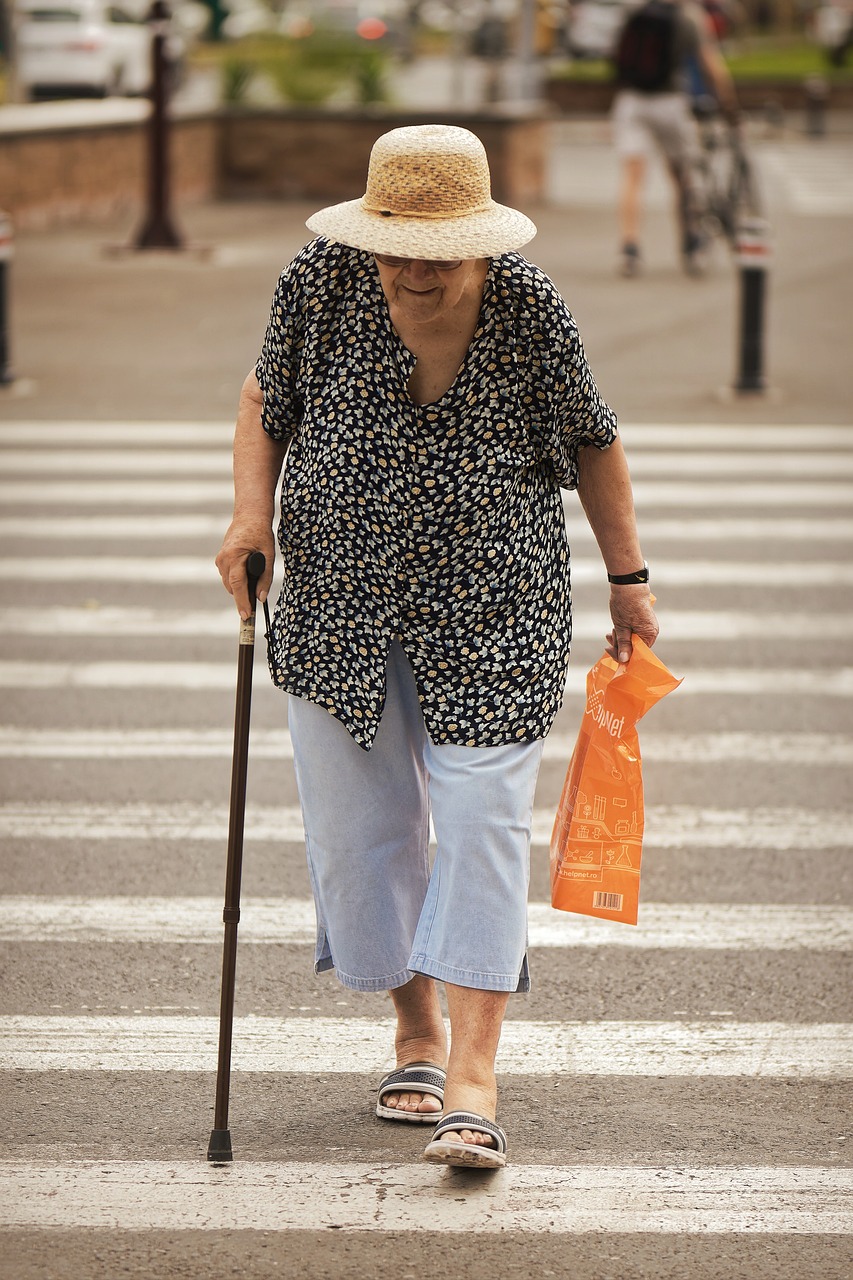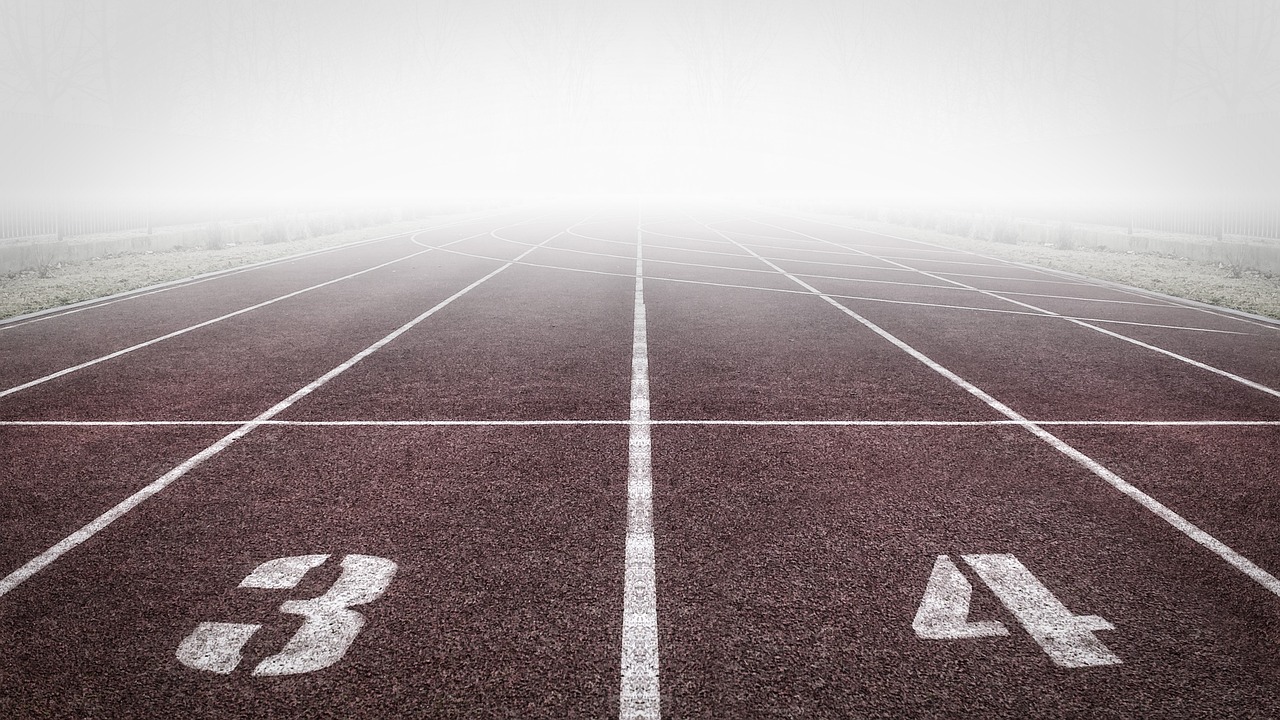Discover essential safety tips and understand the causes of pedestrian accidents to navigate city streets confidently. Learn how to protect yourself and contribute to a safer community.
Walking is a fundamental mode of transportation and exercise for millions around the world. However, the increasing frequency of pedestrian accidents has raised significant concerns about safety on our streets. This comprehensive guide aims to shed light on the issue of pedestrian safety, the common causes of accidents, and practical tips to ensure your safety while navigating the bustling city streets.
Understanding Pedestrian Accidents
Pedestrian accidents involve collisions between a person walking and a vehicle. These incidents can lead to severe injuries or even fatalities, given the vulnerability of pedestrians compared to motorized vehicles.
The Grim Statistics
Recent data highlight a worrying trend: pedestrian fatalities and injuries are on the rise. Factors contributing to this increase include distracted driving, higher vehicle speeds, and the proliferation of SUVs and larger vehicles, which pose greater risks to pedestrians.
Common Causes of Pedestrian Accidents
Distracted Driving and Walking: Mobile phone use while driving or walking is a leading cause of accidents.
Impaired Driving: Alcohol or drug impairment significantly increases the likelihood of pedestrian accidents.
Speeding: Higher speeds reduce a driver’s ability to stop in time to avoid a collision.
Lack of Visibility: Accidents are more common during nighttime or in poorly lit areas where visibility is low.
Safety Tips for Pedestrians
To mitigate the risks of accidents, pedestrians can adopt several safety practices:
Increase Visibility
Wear Reflective Clothing: Especially important at night or in low-light conditions.
Use Crosswalks and Intersections: Choose well-lit, designated crossing points whenever possible.
Stay Alert
Avoid Distractions: Limit the use of mobile devices and headphones when walking near traffic.
Make Eye Contact: Ensure drivers see you before crossing the road.
Follow Traffic Signals and Signs
Obey Pedestrian Signals: Only cross streets when signals indicate it is safe.
Be Aware of Your Surroundings: Look for signs indicating potential dangers or areas where pedestrian access is restricted.
Choose Safe Routes
Plan Your Route: Opt for paths with sidewalks, pedestrian zones, and low traffic volumes.
Avoid Risky Behaviors: Never assume a vehicle will stop; ensure there is enough time to cross safely.
Implementing Community Safety Measures
Improving pedestrian safety is not only the responsibility of individuals but also requires community and governmental action. Implementing traffic calming measures, enhancing street lighting, and creating pedestrian-only zones can significantly reduce accidents. Furthermore, public awareness campaigns and stricter enforcement of traffic laws are crucial in promoting safe behaviors among drivers and pedestrians alike.
Frequently Asked Questions (FAQs)
Q1: What should I do if I witness a pedestrian accident?
A1: Ensure your safety first, then call emergency services immediately. Provide assistance if you can do so safely, and wait for professional help to arrive.
Q2: Are pedestrians always given the right of way?
A2: While pedestrians often have the right of way at crosswalks and intersections, laws vary by location. It’s essential to know and follow the specific traffic laws in your area.
Q3: How can communities reduce pedestrian accidents?
A3: Communities can implement traffic calming measures, improve street lighting, enforce traffic laws strictly, and create pedestrian-friendly zones to enhance safety.
Q4: Is it safer to walk during the day or night?
A4: Walking during the day is generally safer due to better visibility. If you must walk at night, use reflective clothing and stick to well-lit areas.
Q5: How can technology help improve pedestrian safety?
A5: Advances in technology, such as pedestrian detection systems in vehicles, improved street lighting, and mobile apps that alert drivers and pedestrians to potential hazards, can significantly enhance safety.
Navigating city streets as a pedestrian doesn’t have to feel like a risky endeavor. By understanding the common causes of accidents and following these essential safety tips, you can significantly reduce your risk of injury. Let’s all do our part to make our streets safer for everyone.










